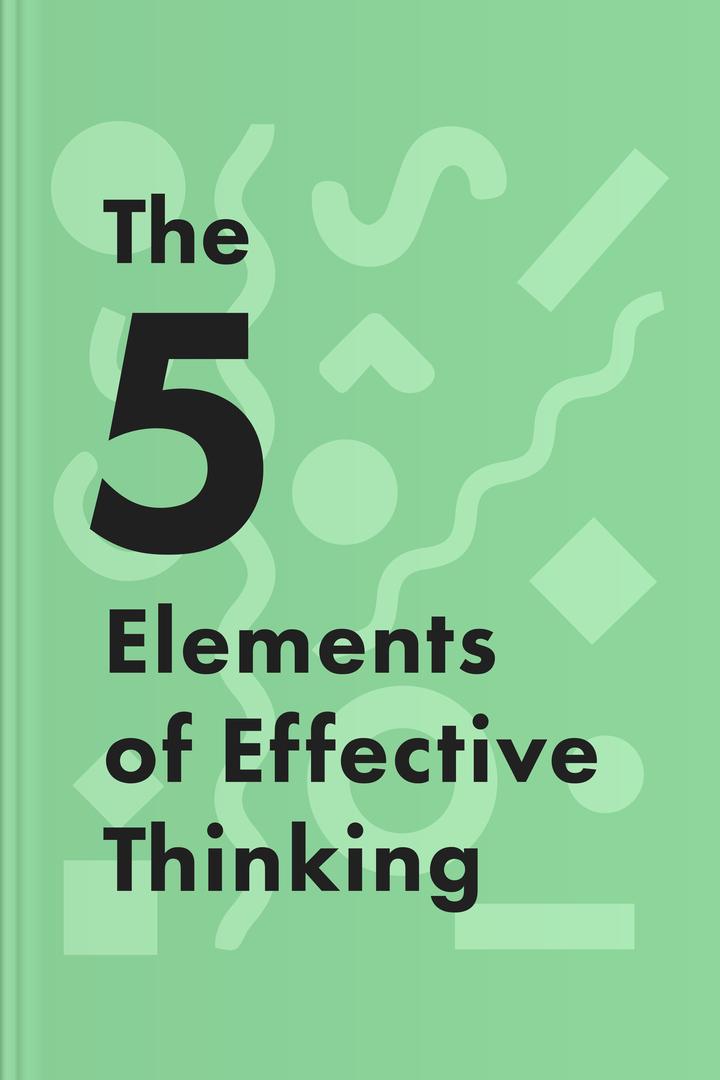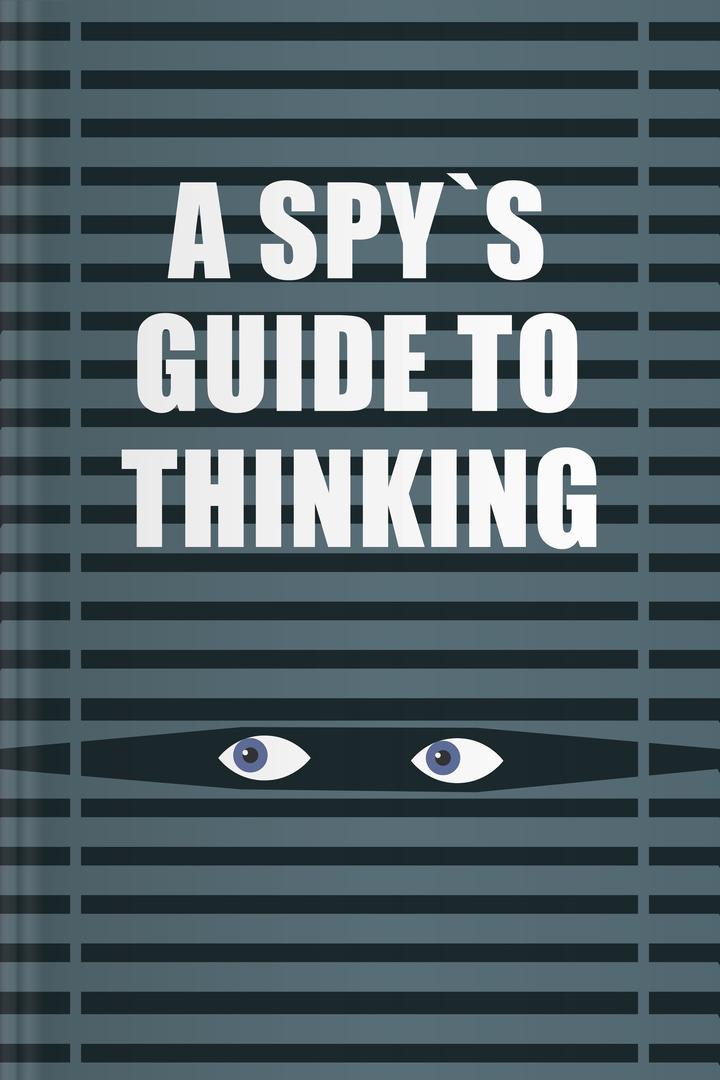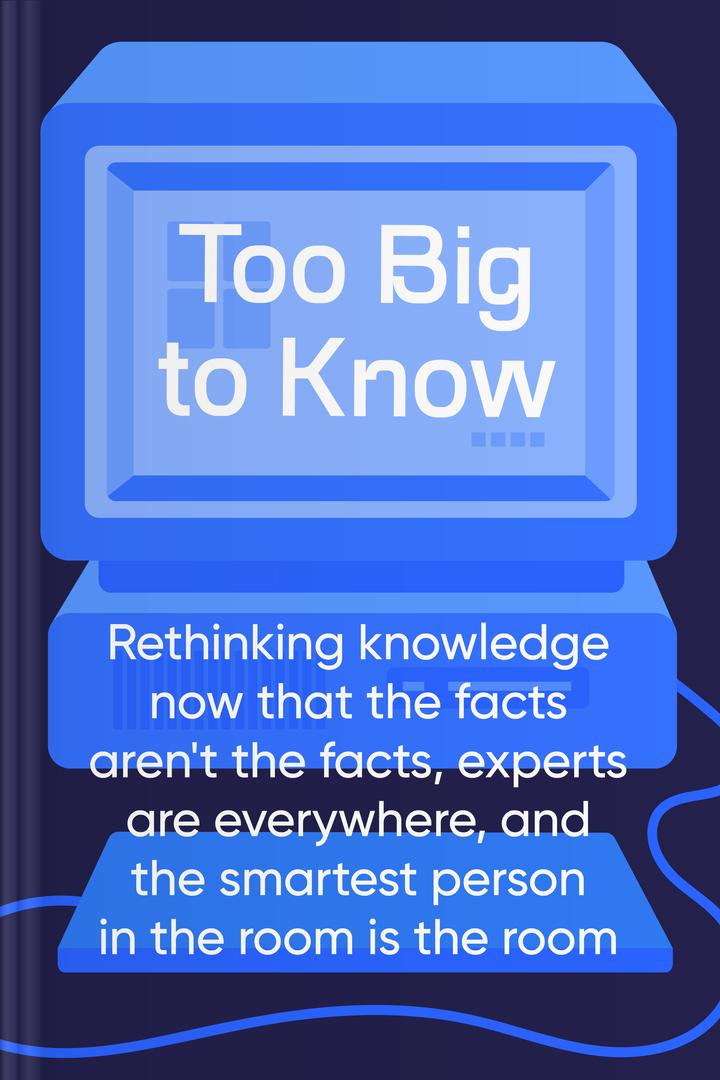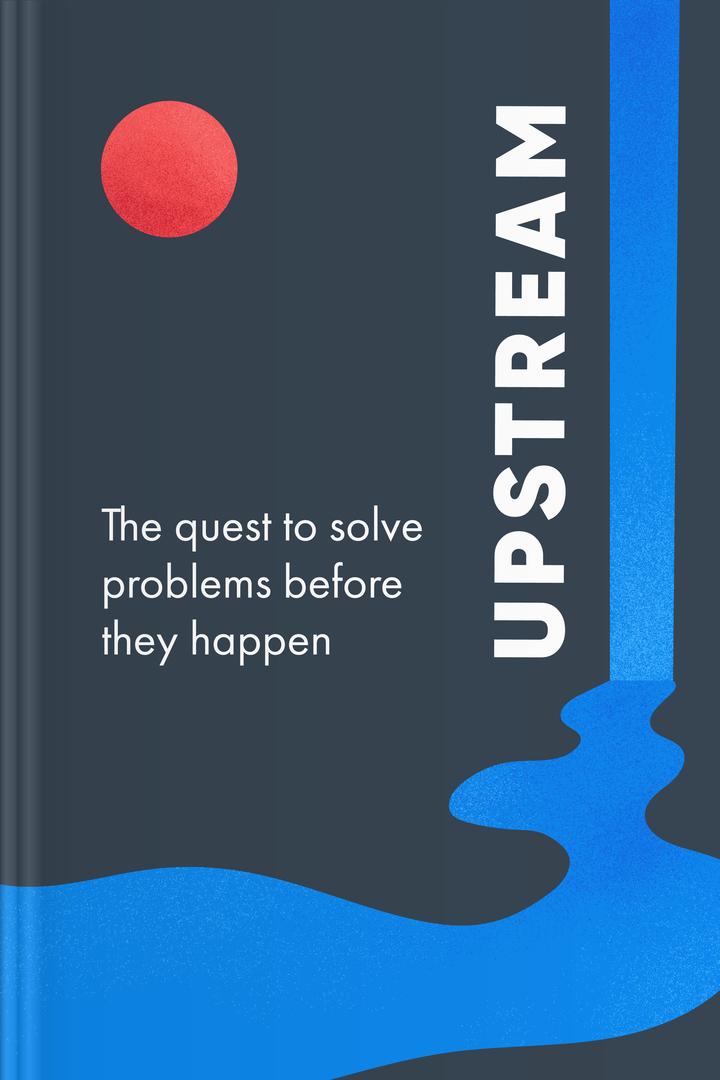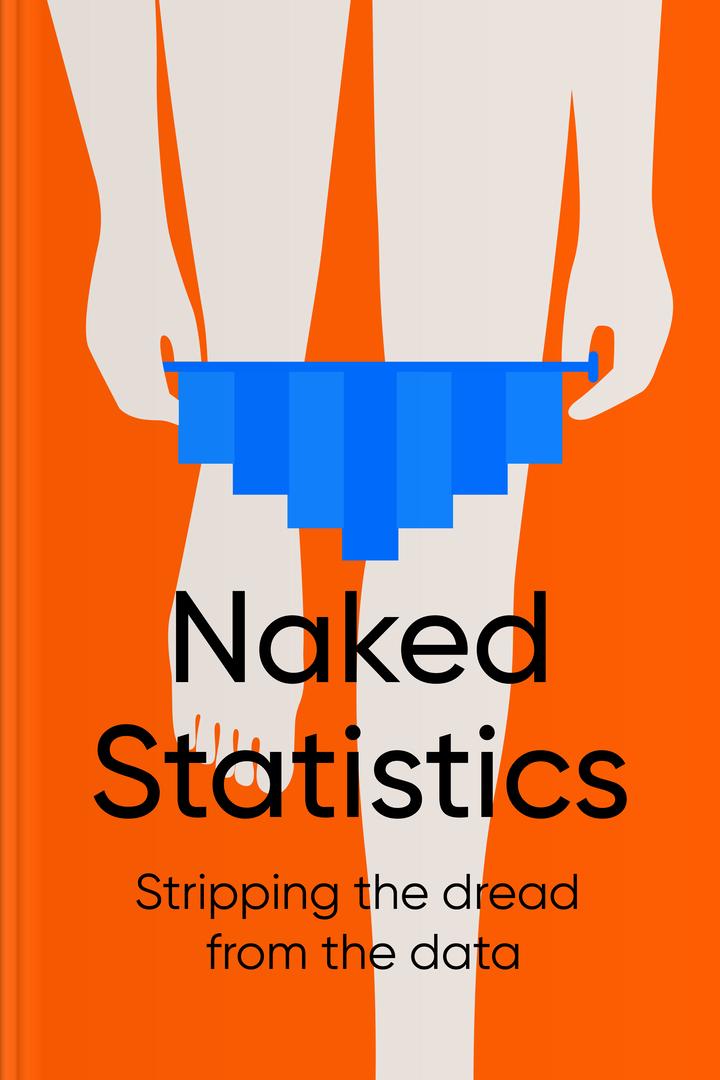44 Top Books for Enhancing Critical Thinking Skills
You scroll through your feed, and every expert sounds convincing. One says coffee is toxic, another declares it prevents Alzheimer's. Who's right? Without critical thinking skills, you are easy to convince of anything. However, there is a good news. You can train your brain to cut through noise and fix weak arguments.
Books like Daniel Kahneman's 'Thinking, Fast and Slow' teach you how your mind tricks you into bad decisions. Michael Gelb in 'How to Think Like Leonardo da Vinci' shows you how curiosity fuels sharper thinking. These 44 books from our list will help you question smarter, decide faster, and stop falling for manipulative nonsense.
Books on critical thinking on how to read and filter the world
Critical thinking does not mean being skeptical or cynical. It is simply stopping before you take information as "fact." Mortimer Adler's classic text, ‘How to Read a Book,’ highlights that most people do not read, they only skim. To truly read, you must think critically and engage inquiry by simply asking questions of the material: What is the author's main assertion? What evidence does the author provide? Where does the author's argument fall short, or where are the gaps?
Daniel Levitin's 'The Organized Mind' reveals how information overload sabotages your judgment. Your brain wasn't built to process 34 gigabytes of data daily. When you're overwhelmed, you tend to default to shortcuts. You trust headlines without reading articles. You believe statistics without checking sources. Levitin teaches you to organize information so you can think clearly, rather than reactively.
Tom Nichols' 'The Death of Expertise' warns against a dangerous trend: dismissing experts because everyone's entitled to their opinion. Opinions aren't facts. A cardiologist knows more about heart disease than your cousin who read a blog. Critical thinking means distinguishing between expertise and noise. It's knowing when to listen and when to push back.
Books on how to think critically reveal your hidden biases
Your brain runs on autopilot most of the time. Daniel Kahneman calls this "System 1 thinking" in 'Thinking, Fast and Slow.' It's fast, emotional, and often wrong. You see a statistic that confirms your beliefs? System 1 says, "I knew it!" You ignore contradictory evidence because it makes you feel uncomfortable. Kahneman's decades of research show that smart people fall for the same mental traps as everyone else.
His co-authored book 'Noise' digs deeper. Two judges sentence the same crime differently, depending on the time of day. One doctor diagnoses cancer; another misses it entirely. This isn't bias — it's noise. Random variability in judgment that we ignore. Kahneman argues that reducing noise is just as important as reducing bias. You need systems, not just self-awareness.
Michael Gelb's 'How to Think Like Leonardo da Vinci' takes a different approach. Instead of listing cognitive errors, Gelb focuses on curiosity. Leonardo questioned everything. Why does the sky look blue? How do birds fly? He sketched, experimented, failed, and tried again. Gelb's exercises teach you to approach problems like an artist-scientist hybrid.
You stop accepting easy answers and start exploring possibilities.
The 5 Elements of Effective Thinking
by Edward B. Burger, Michael Starbird
Who should read The 5 Elements of Effective Thinking
A Spy’s Guide to Thinking
by John Braddock
What is A Spy’s Guide to Thinking about?
Who should read A Spy’s Guide to Thinking
How to Read a Book
by Mortimer J. Adler, Charles Van Doren
What is How to Read a Book about?
Who should read How to Read a Book
HBR Guide to Thinking Strategically
by Harvard Business Review
What is HBR Guide to Thinking Strategically about?
Who should read HBR Guide to Thinking Strategically
The Organized Mind
by Daniel J. Levitin
What is The Organized Mind about?
Who should read The Organized Mind
Too Big to Know
by David Weinberger
What is Too Big to Know about?
Who should read Too Big to Know
Upstream
by Dan Heath
What is Upstream about?
Who should read Upstream
Don't Burn This Book
by Dave Rubin
What is Don't Burn This Book about?
Who should read Don't Burn This Book
Naked Statistics
by Charles Wheelan
What is Naked Statistics about?
Who should read Naked Statistics
Win Bigly
by Scott Adams
What is Win Bigly about?
Who should read Win Bigly
Frequently asked questions about books on critical thinking
What are the 3 C's of critical thinking?
The three Cs of critical thinking are curiosity, which prompts you to ask questions and seek new knowledge; criticality, which helps you evaluate arguments and check facts; and creativity, which allows you to find unconventional solutions and alternative approaches. Together, they develop objectivity and flexibility of thinking.
What are the five pillars of critical thinking?
Critical thinking is based on five pillars: attention to detail, logical analysis of facts, skepticism of sources, openness to new ideas, and self-reflection. They help us evaluate information objectively, avoid biases, and make informed decisions instead of blindly agreeing or being manipulated.
How do I train myself to think more critically?
Regularly challenge yourself by asking questions that promote critical thought: "Why?", How does this work and why?, and What is the evidence? Challenge yourself by reading various publications, analyzing various arguments, and considering various views or perspectives. Always take notes, make conclusions, and test your own biases. The more you practice, the more you strengthen your ability to think critically and objectively, and make informed decisions.
What is the best book about critical thinking?
One of the best books on critical thinking is 'Thinking, Fast and Slow' by Daniel Kahneman. It explains how two types of thinking work: fast, intuitive thinking and slow, analytical thinking. The book helps you recognize cognitive biases, enhance your decision-making, and cultivate your critical thinking skills in everyday life.
What are the 7 steps of critical thinking?
The seven steps of critical thinking include: defining a problem, gathering information, evaluating sources, analyzing arguments, considering alternatives, drawing a conclusion, and testing it. Following this process helps you avoid biases, make informed decisions, and think critically rather than accepting information without careful consideration.
What are the 5 stages of critical thinking?
The five steps of critical thinking:
1. Identify a problem or question
2. Gather and evaluate information
3. Analyze arguments and evidence
4. Consider alternative points of view
5. Draw a reasoned conclusion.
Following this process helps you avoid biases, make informed decisions, and think systematically in any situation.
